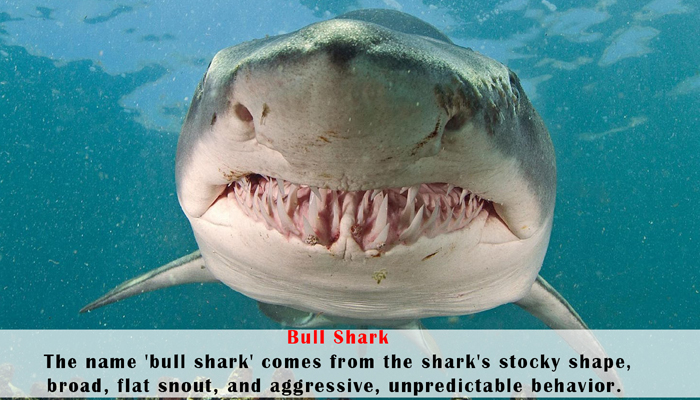TRENDING TAGS :
11 weirdest creatures found in Amazon river
[nextpage title="Next" ]
Lucknow: The Amazon river aka The Amazon is a home to some of the most annoying lifeforms on Earth. It runs through Guyana, Ecuador, Venezuela, Bolivia, Brazil, Colombia and Peru.
ALSO READ:Weird sex practices from around the world which will stimulate you!
There are over 3000 known species of fish that live in the Amazon River, and constantly more are being discovered with each passing day.
The river is also surrounded by many weird creatures about whom were are going to tell you:
Tyrant King Leeches

Scientific Name: Tyrannobdella rex.
It has eight teeth. Tyrannobdella rex was discovered feeding upon the mucous membrane of a girl who had recently bathed in the upper Amazon in Peru. Unlike other leeches, it has single jaw with one row of teeth.
[/nextpage]
[nextpage title="Next" ]
Mata Mata Turtles

Scientific Name:A�Chelus fimbriata.
It is a freshwater turtle found in Amazon and Orinoco basins. It was renamed 14 different times in two centuries. later, in 1992 it was finally renamed as Chelus fimbriata (Mata Mata turtle).
[/nextpage]
[nextpage title="Next" ]
Giant Otters
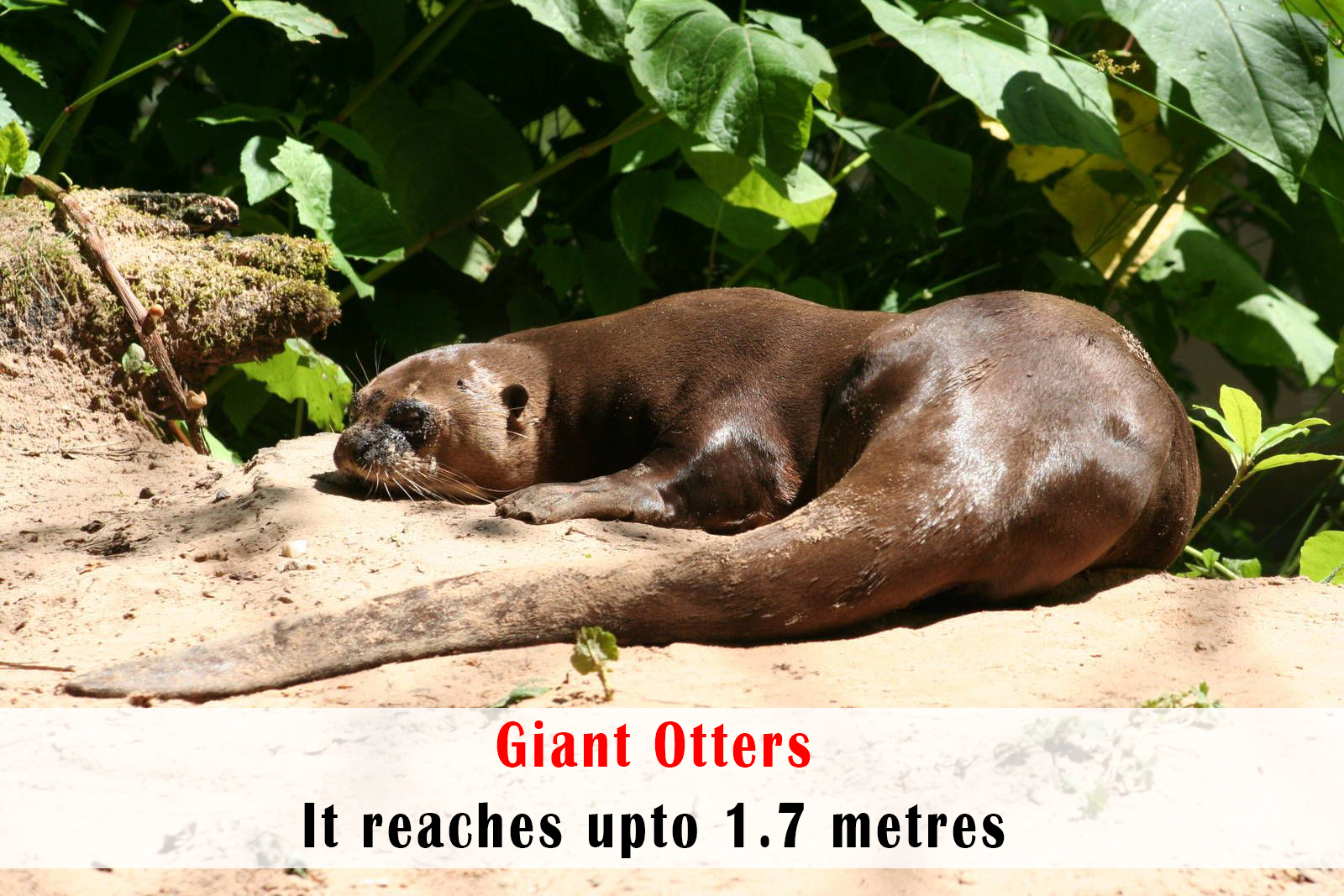
Scientific Name: Pteronura brasiliensis.
Otter is a South American carnivorous mammal mostly found along the Amazon river. It reaches upto 1.7 metres (5.6ft,). The giant otter is large, gregarious, and diurnal.
[/nextpage]
[nextpage title="Next" ]
Pacus
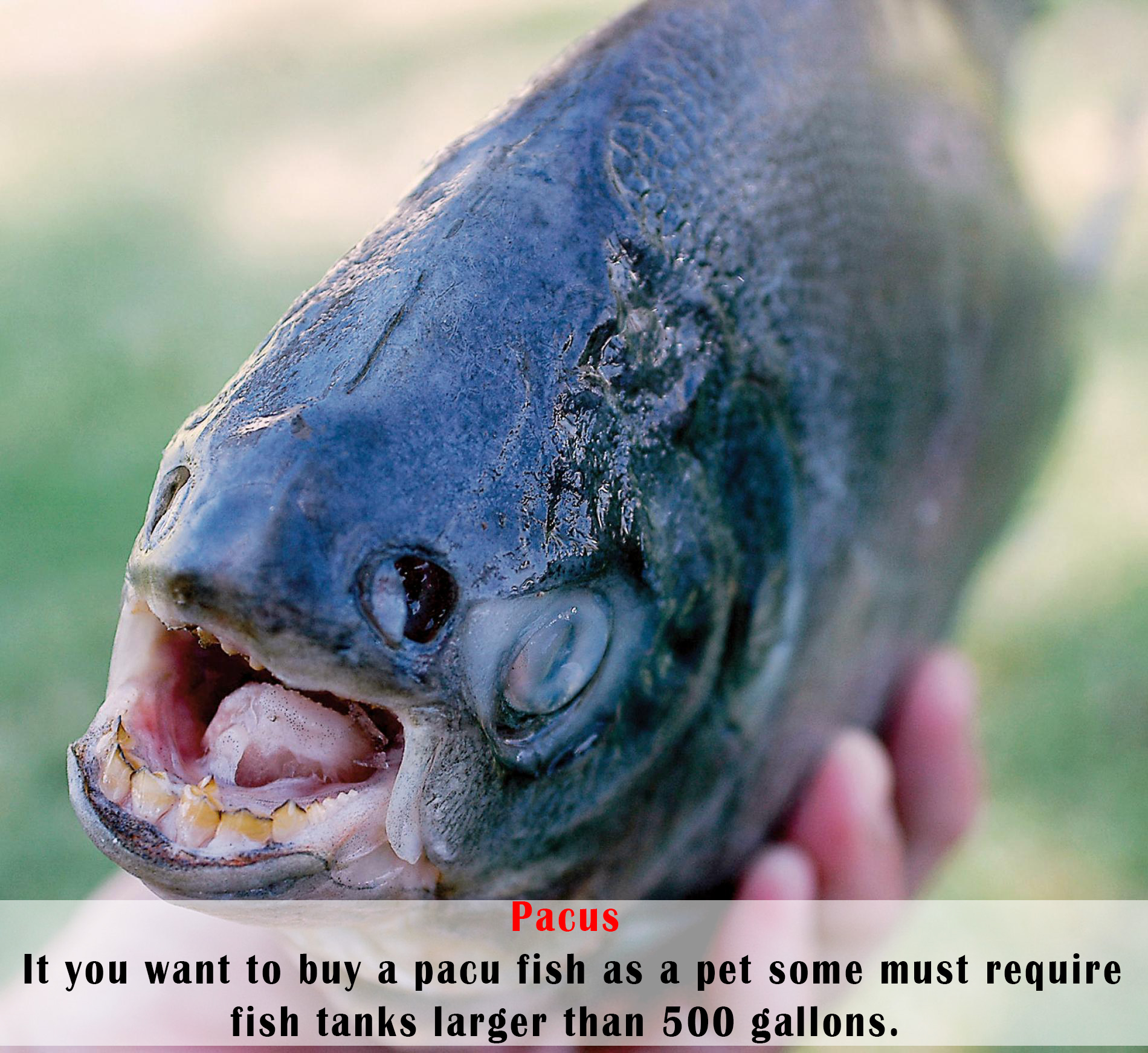
Scientific Name: Colossoma macropomum.
It is popular in the North American aquarium trade and is also known as 'vegetarian piranha'. It you want to buy a pacu fish as a pet some must require fish tanks larger than 500 gallons.
[/nextpage]
[nextpage title="Next" ]
Arapaima Gigas

Scientific Name:A�Arapaima Gigas
Also known as pirarucu is found to the basin of the Amazon river. it is among the largest freshwater fish. It measures 200 cms and reaches upto the length of 450 cms. Gigas needs to come to the surface regularly to gulp air.
[/nextpage]
[nextpage title="Next" ]
Payara
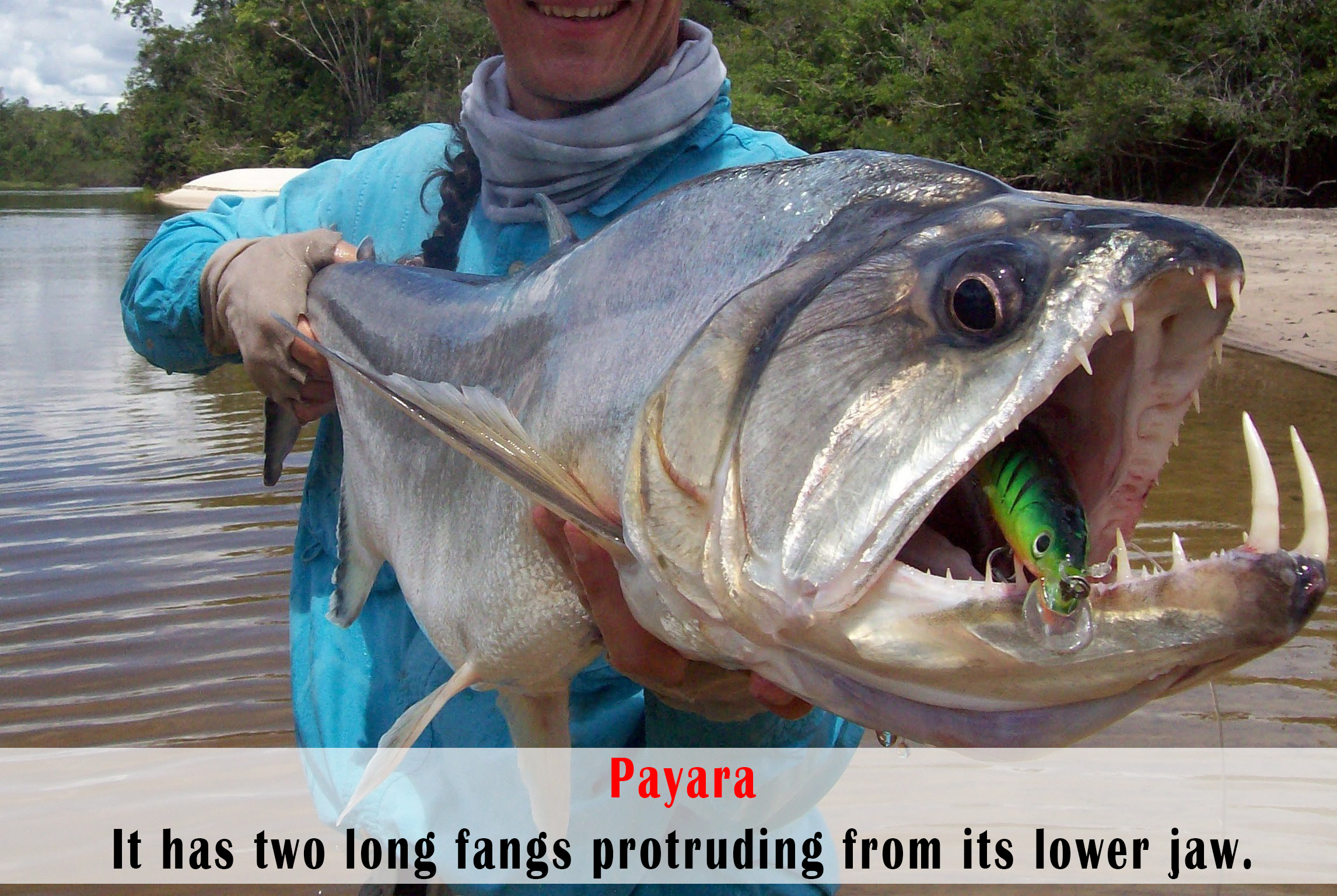
Scientific Name: Hydrolycus scomberoides.
This fish is found in the Amazon Basin in tropical South America. It has two long fangs protruding from its lower jaw. These are used to impale their prey, mostly smaller fish.
[/nextpage]
[nextpage title="Next" ]
Poison Dart Frogs
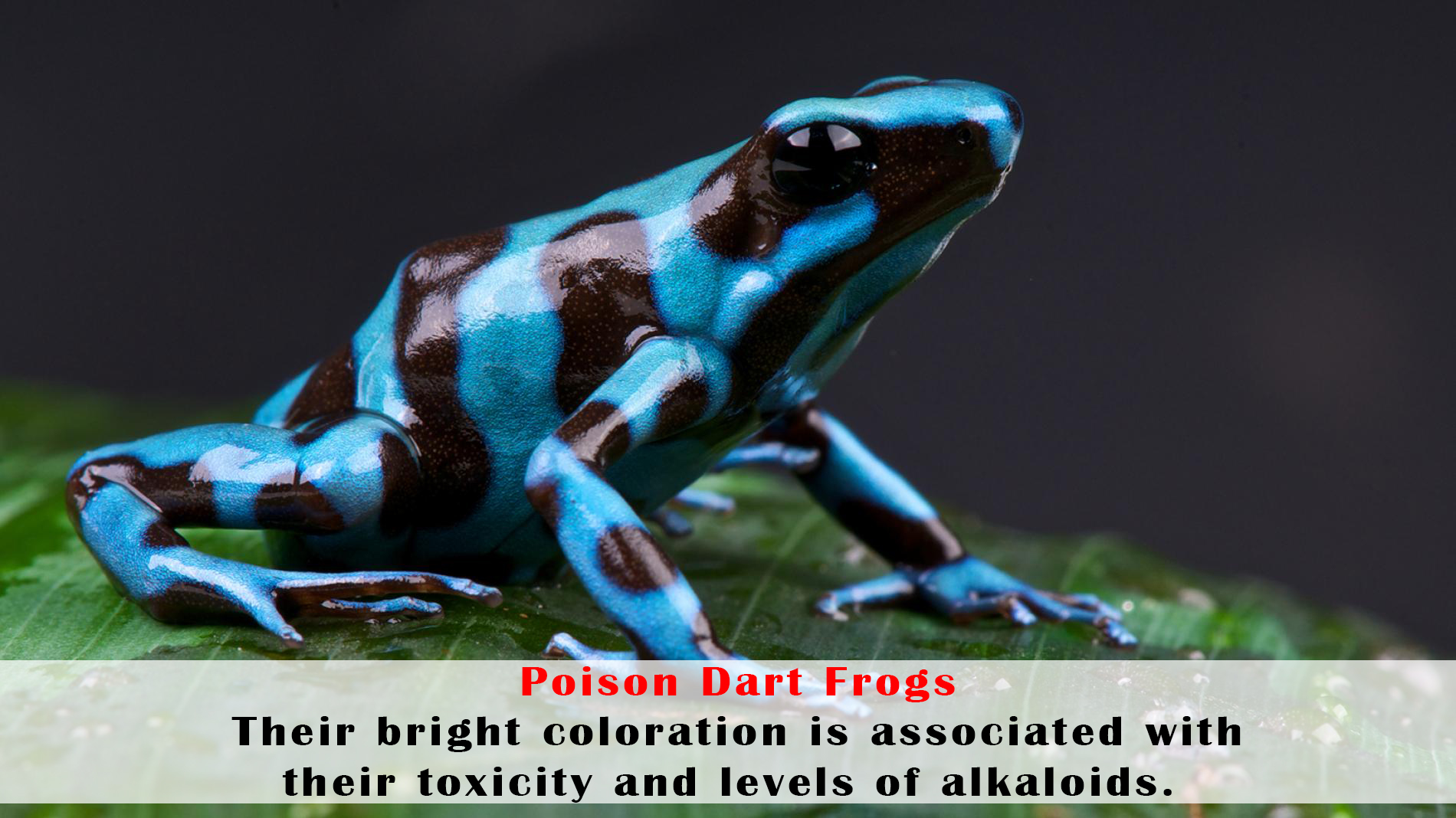
Scientific Name: Dendrobatidae.
Their bright coloration is associated with their toxicity and levels of alkaloids. Many poison dart frogs secrete lipophilic alkaloid toxins such as allopumiliotoxin 267A, batrachotoxin, epibatidine, histrionicotoxin, and pumiliotoxin 251D through their skin.
[/nextpage]
[nextpage title="Next" ]
Electric Eels
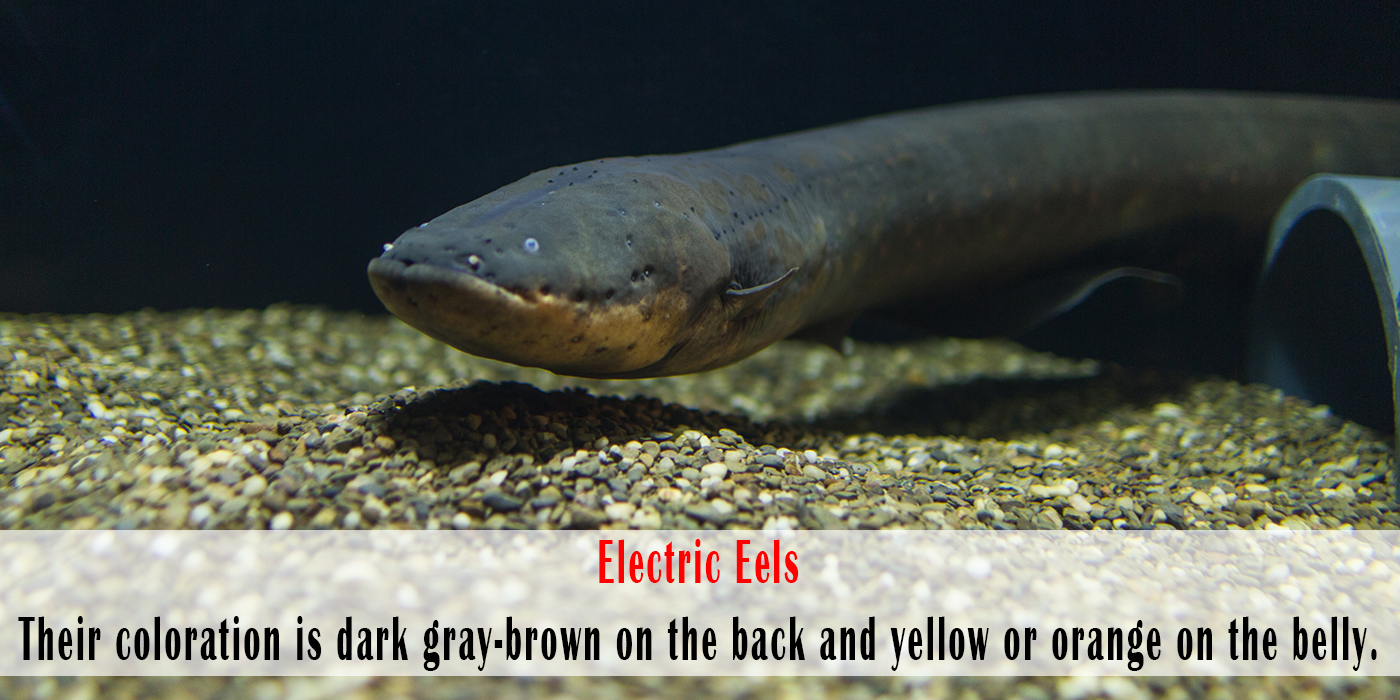
Scientific Name: Electrophorus electricus.
Their coloration is dark gray-brown on the back and yellow or orange on the belly. They have no scales. The mouth is square, and positioned at the end of the snout.
[/nextpage]
[nextpage title="Next" ]
Red-Bellied Piranhas

Scientific Name: Pygocentrus nattereri.
It is found in the Amazon, Paraguay, ParanA? and Essequibo basins, as well as coastal rivers of northeastern Brazil. They can live in waters that are between 15 and 35 A�C (59a��95 A�F), but are able to survive temperatures as low as 10 A�C (50 A�F) for a period.
[/nextpage]
[nextpage title="Next" ]
Goliath Birdeaters

Scientific Name: Theraphosa blondi.
It is the largest spider in the world by mass and size. It is a nocturnal species. Unlike other species of spider/tarantula, females do not eat the males during mating.
[/nextpage]
[nextpage title="Next" ]
Bull Shark
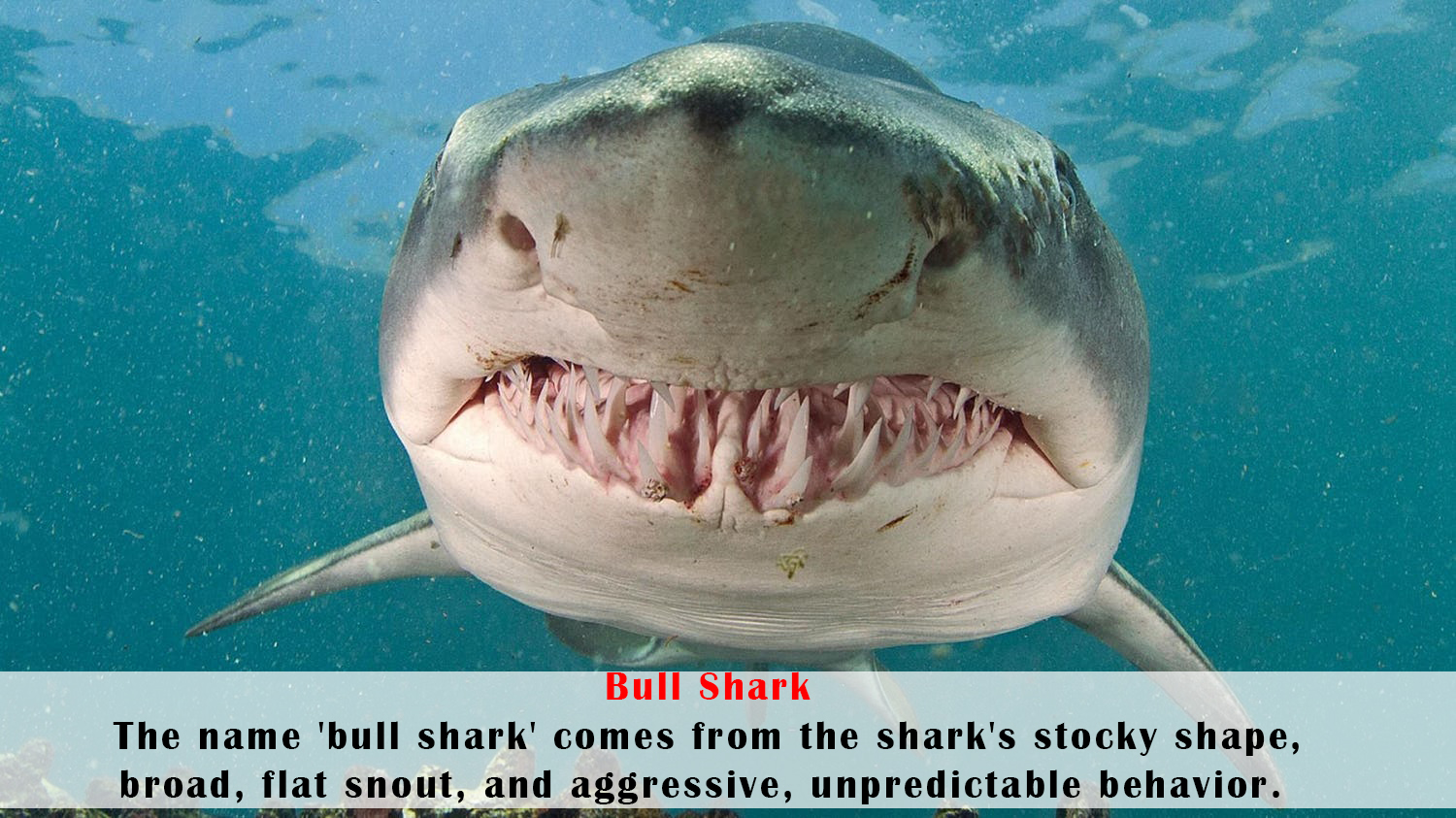
Scientific Name: Carcharhinus leucas.
The name 'bull shark' comes from the shark's stocky shape, broad, flat snout, and aggressive, unpredictable behavior. The bull shark is known for its aggressive nature, predilection for warm shallow water, and presence in brackish and freshwater systems including estuaries and rivers.
[/nextpage]
[nextpage title="Next" ]
Amazonian Giant Centipedes
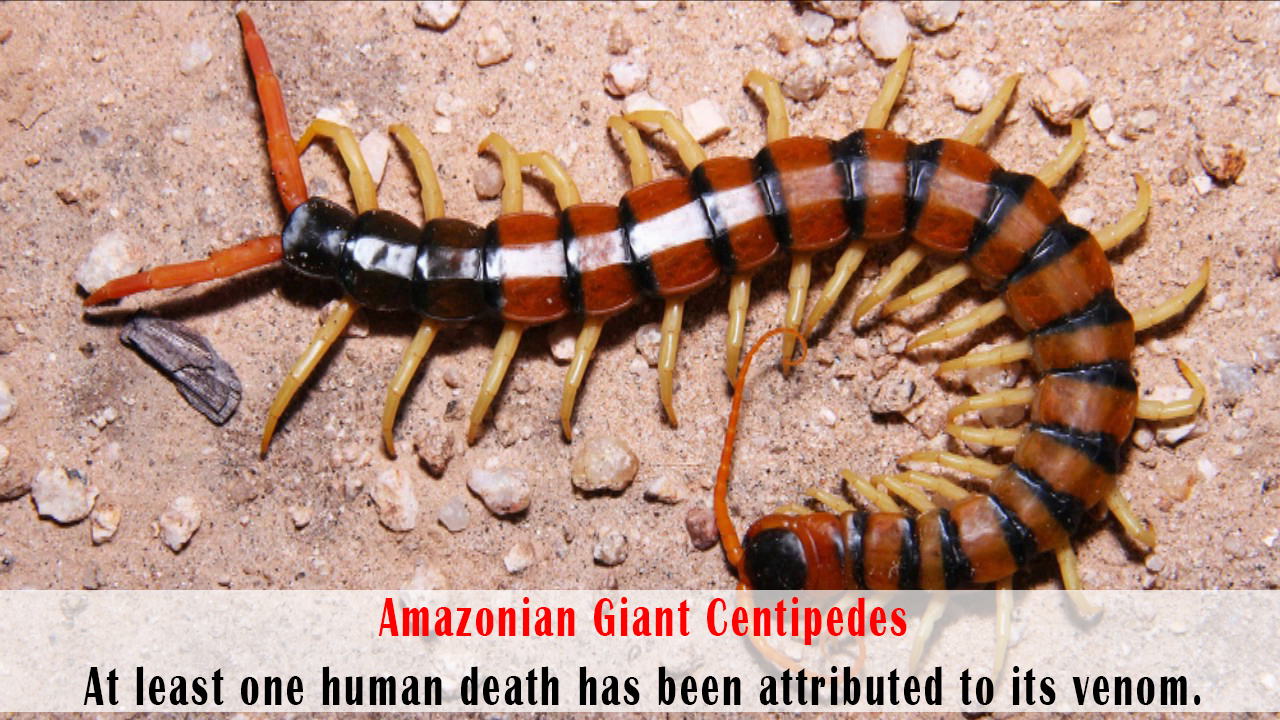
Scientific Name: Scolopendra gigantea.
At least one human death has been attributed to its venom. In 2014, a four-year-old child in Venezuela died after being bitten by a giant centipede which was hidden inside an open soda can.
[/nextpage]

